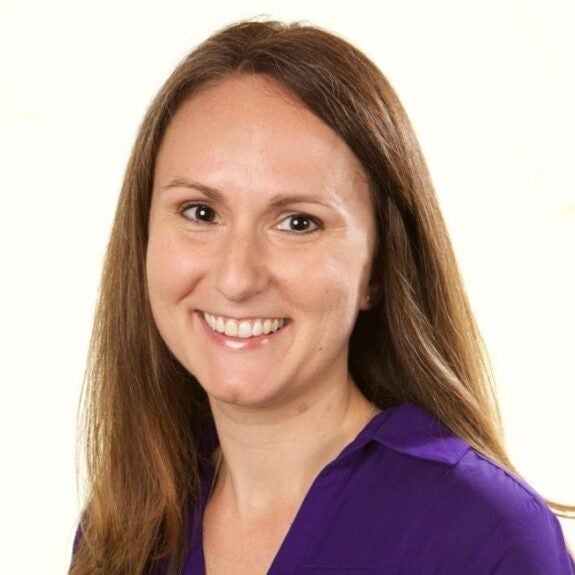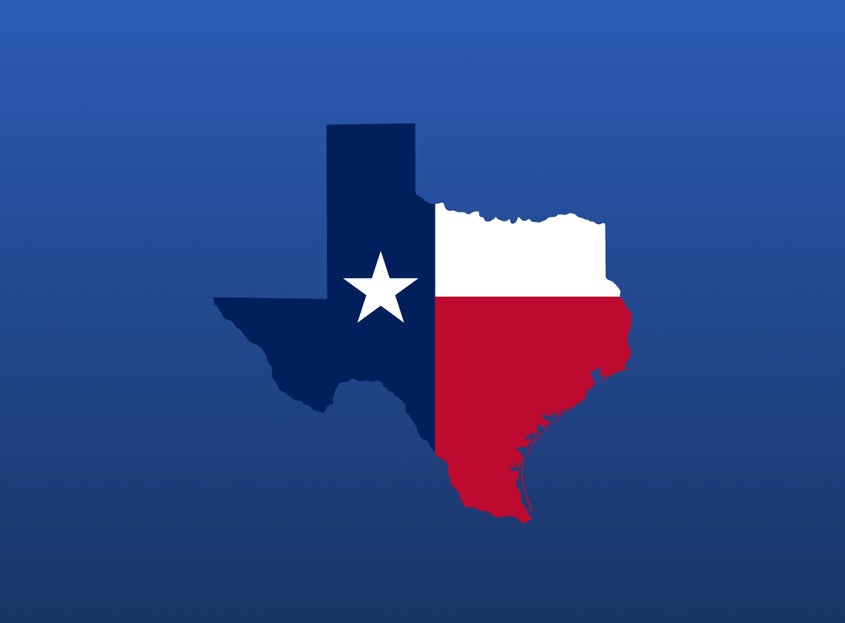Who are DAF Donors, and How Can Nonprofits Reach Them?
Originally published June 28, 2023

Do you speak DAF? Greater numbers of philanthropists are becoming fluent in DAFs every year, with the number of individual DAF accounts totaling more than 1.7 million in 2023. Fundraisers are asking how best to communicate with donors who use DAFs as a part of their philanthropic strategy.
With that in mind, National Philanthropic Trust (NPT) is sharing a collection of insights and answers to help nonprofit professionals connect with donors who use DAFs as a giving vehicle.
Getting started
A great starting place to understand how donors may use a DAF is to ensure that you and your fundraising team are familiar with the ins and outs of this giving vehicle. There are hundreds of DAF providers across the country—many hosted by community foundations—and each will have its own strengths and capabilities; however, the IRS and other government entities set the rules for how DAFs operate. NPT has a helpful resource about how DAFs can be used which is a good starting point.
Keep your nonprofit’s online presence up-to-date and accurate
Ensure your nonprofit’s directory profile is current and accurately reflects your organization. Update profiles on GuideStar, Charity Navigator and other relevant sites that donors may check regularly. If something’s incorrect, you can update your GuideStar profile online. Many DAF sponsors use GuideStar by Candid as a data source and donors often make decisions based on this content, so accuracy is essential.
Integrate DAFs in your organization’s donor stewardship and communications
Speak broadly to your donor base about DAFs. Make sure your outreach campaigns contain general language about accepting support via DAFs. Just mentioning that your organization can accept DAF grants is a great first step to building awareness among your prospective and existing donors. After piquing the interest of donors who may have DAF accounts, move to address DAF donors specifically through tailored messaging. For example, an end-of-year campaign may include a reminder for donors to check their DAF account to confirm timelines for making a grant before year-end.
Look at DAF donors as major givers
As you grow your relationships with major gift donors, keep in mind that the majority of high-net-worth donors have at least some familiarity of donor-advised funds—and keep DAFs a part of the conversation.
Thanking a DAF donor for recommending a grant is different than thanking donors who use checks or credit cards to support you; a check from a DAF grant will come from the DAF sponsor, and you want to thank the donor, not the sponsoring organization. The vast majority of grants donors recommend—97% of grants at National Philanthropic Trust, for example—include identifying information, be it the donor’s or the DAF name.
Help donors maximize their DAF
One reason that donors may choose to use a DAF is that granting can happen quickly, and donors are likely to respond rapidly to sudden needs through their DAF. The ability to give quickly makes their support in the face of crises—like the COVID-19 pandemic or natural disasters—invaluable to nonprofits. When a crisis arises, include a direct appeal to donors reminding them that DAFs are perfect for time-sensitive grantmaking. Clarify to donors exactly how they can give to your organization through their DAF, as the International Rescue Committee has done with its DAF donor dedicated page.
Highlight the value of regular and routine giving
Once you’ve established a relationship with a donor who uses a DAF, try recommending recurring donations. Recurring donations are convenient for donors and a key tool for nonprofits seeking financial sustainability. DAF donors are active and engaged, and their consistent support is thanks to a relatively simple process for contributing to and giving through a DAF. There are also studies providing data that DAF donors give more and more often over time, so it’s important to look at DAF donors as dynamic givers capable of generosity on a regular basis.
Call attention to family philanthropy and charitable legacy
Develop outreach campaigns that highlight the role of family in philanthropy. Stay up to date with current giving trends amongst younger donors and engage the next generation in your messaging. It is not uncommon for donors to use a DAF as a part of their estate planning, so be sure to include material discussing how DAF donors can name your nonprofit as a charitable beneficiary to their DAF or even run their estate through their DAF in your outreach campaigns.
Work with DAF sponsors when gifts get complex
Communicate to DAF donors how your organization can handle complex gifts. If your organization is unable to handle complex gifts, you may be able to work with a DAF sponsor who can handle this process.
Donors who use DAFs can be a source of significant and stable funding for nonprofits and are well worth the effort it takes to steward them. DAFs are an ever-increasing part of the philanthropic landscape, and nonprofit organizations want to know more about how they are used for charitable giving. By keeping these helpful insights in mind, you’ll be well-versed in the language of DAFs in no time.
NPT does not provide legal or tax advice. This blog post is for informational purposes only and is not intended to be, and shall not be relied upon as, legal or tax advice. The applicability of information contained here may vary depending on individual circumstances.


